Blog Layout
Time Wasted - David's Daily Log - Monday, December 6, 2021
David Kaminski • December 6, 2021
Intro
Wasting time is foolish.
A person can get more of just about anything else.
Time is a finite resource that no person can afford to replace.
When it's gone, it's gone.
Why is it the easiest thing for me to waste, then?
I am grateful for a breakthrough I made today.
I'm looking forward to conquering these issues of mine.
It's time to grow up and leave childish things behind.
It has challenged me for a long time, but I can't give up until I win.
Thank you for caring.
Much love,
David
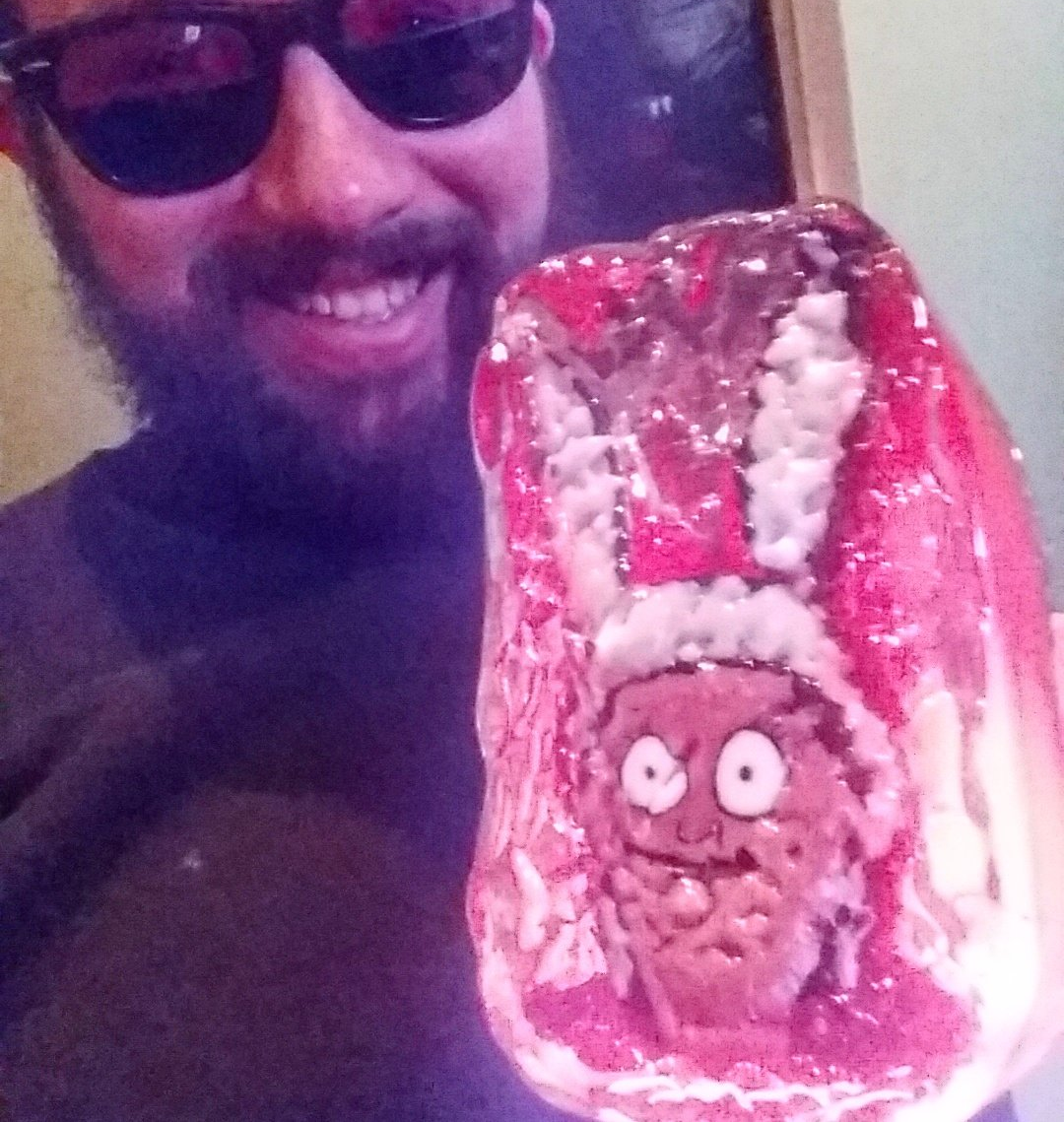
By David Kaminski
•
December 10, 2021
Intro I'm glad I destroyed all the cannabis I had. The temptation is certainly still there. Sometimes I find myself yearning for an altered state, though I know that I'm fine the way I am. I'm not miserable or tortured or anything of the sort. It's just a desire to feel a sense of euphoria - but without any good reason. It takes no real sense of self satisfaction or pride to get a rise out of weed or alcohol. It's a free ride to feeling good, but it's short lived and without real merit. I'd rather earn it, so I don't have to turn to a substance to feel satisfied. I also don't want to have to turn to a person to feel that sense of fulfillment. This growth is about depending on myself, cultivating my strengths, being the man I want to be and should be. It's still a struggle, but I'm getting a little better every day and feeling a little better every day. It's funny for me to say 'still' because it's been such a short amount of time since saying no. I got on stream again yesterday, which is a pleasant experience. I mentioned there that I really enjoy streaming in an empty shop. I talked a bit about how I'm very sensitive to social cues and situations. They can really hinder my feelings, moods and motivations. Just a 'bad vibe' or an unkind word is all it takes for me to fall apart - not always, but sometimes. Perhaps it's an excuse I've allowed myself, because I have developed rather thick skin over the years. The result of the thick skin is control over how I respond to the person or persons that are slighting me. I want to respond with peace and temperance rather than add to the trouble or drama. My feelings still hurt, though, and my self image can suffer. That's one point that I turn to video games, media and self-medicating rather than facing reality and rising to the occasion of my responsibilities. So, streaming is nice - because it's not a forced interaction. I'm not forced to be in the same space with anyone - and anyone who wants to show up to spectate does so entirely voluntarily. It's not lonely or alone, but it is very much at arms length. I'm very grateful for that opportunity, because it's a compromise of privacy, peace and community. Another success from yesterday was re-trying. I had a swift start at the work I was doing - I remarked that my work was going more quickly than yesterday's. But I realized after a number of steps were completed that I had made a mistake I couldn't turn back from. The piece still had tens of hours of work ahead of it. I decided to start over rather than continue forward with a flawed beginning. The win was counted when I dusted myself off and chose to start again right then and there, rather than take a break or give up for the day. It can be defeating to face failure, but I need to remember to stay the course. Creating amazing works of craftsmanship is a sheer force of will - there will be failure, and the creative person must accept that. The reward is in doing the work - and so I must continue to put the work in. The results will come when they come. In the meantime, I'll keep on moving forward. Thanks for reading, and I hope my failures and success are in any way uplifting to you. You can be the person you want to be, but it takes striving for it every day. With love, David

By David Kaminski
•
December 9, 2021
Intro I can hardly believe it's the 9th already. At the very least, this daily log shows me just how fleeting time really is. I got work in yesterday, though I'm sure I could have put more hours in. I also took a shower and did laundry. These things might seem small, and they are, but they feel good and are a step in the right direction. Today is a new day, and I'm looking forward to working. The weather is mild and great for glass. Yesterday my toes were cold. I'll have to invest in some winter boots when the weather turns. I set up one of the webcams I have. I have another I want to set up as well, I'll have to order some sort of mount for it. I streamed on twitch for an hour and a half. twitch.tv/davidalankaminski I'll probably start streaming more of my shop time. It's a nice way to interrupt being alone here in the woods. I've been thinking on some of my goals for the new year. One goal is to complete one portrait a month. Another is to complete one other milli image per week. To make one milli a week isn't unreasonable by any means. There are few that I can make in a single day, but many I can make in 2 days. Most images I can make in 3 or 4 days of work. If I can just push myself to work, I can accomplish much. To fit a portrait in between the weekly projects shouldn't be too difficult. Time will tell. Yesterday was an improvement, but there is much still that needs to improve. My body is physically weak. The little work I did yesterday left me sore and tired, but I will push on. Thanks for being here. Much love, David
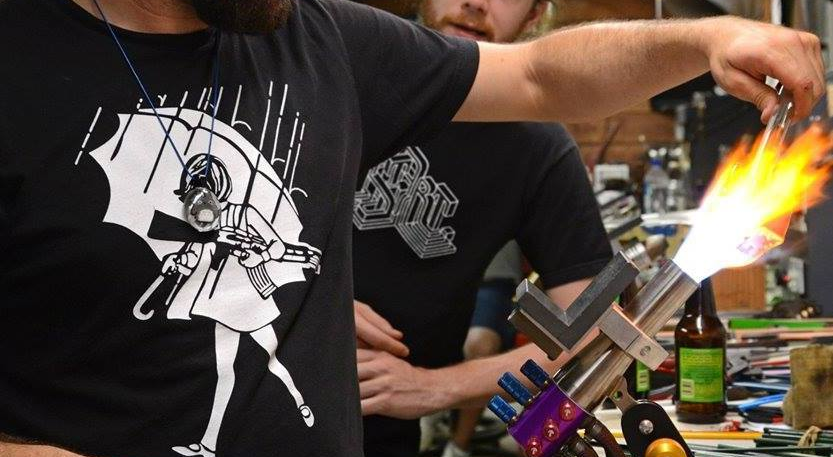
By David Kaminski
•
December 8, 2021
Intro Today is the start of a new life. Time to grow up and face my dreams. Good morning, and I love you. I'm sure to have some real content to showcase today, which is uplifting. I have alarms set on my phone to take photos at the hours of 8 am, 11 am, 2 pm, 5 pm & 8 pm. On the days they roll past with nothing of substance to show, I'm ashamed and embarrassed. It's probably been 30 times, if not 40 or more, since starting this blog, that I've felt that way. I hope that going forward, it will be better. With love, David
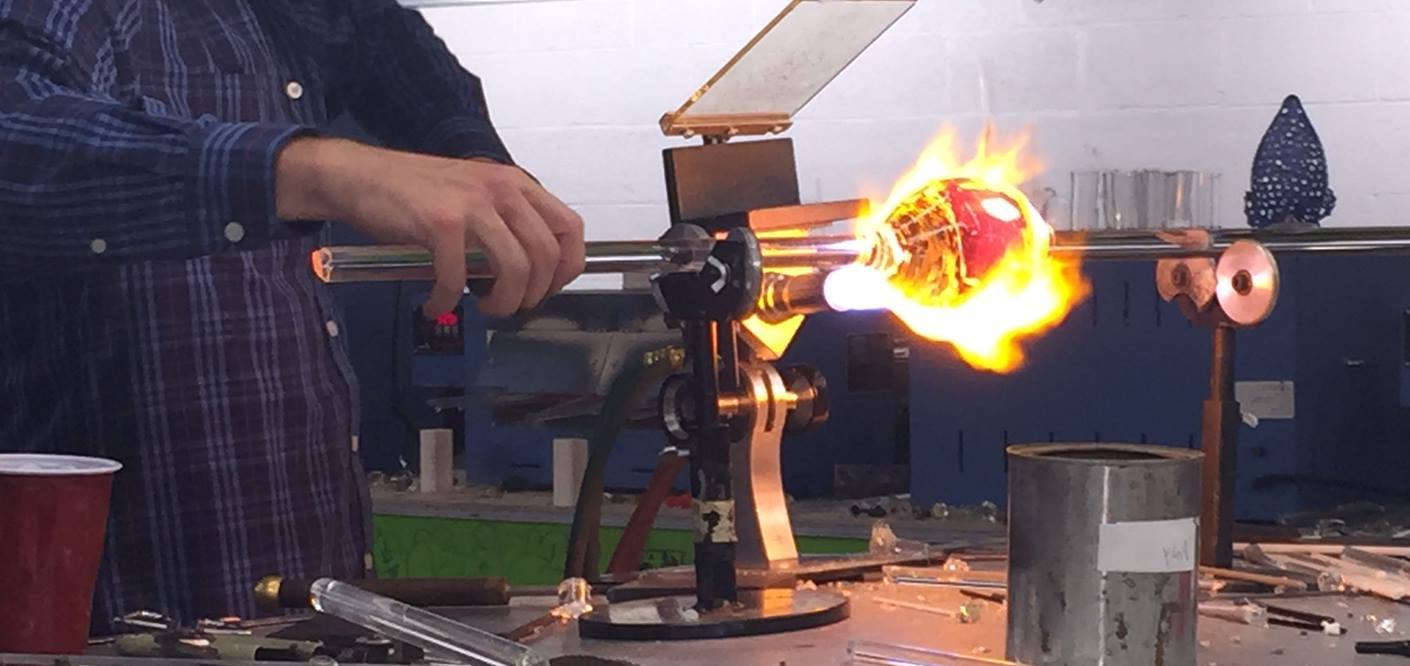
By David Kaminski
•
December 7, 2021
Intro Sobriety. It's something I need. I ask that no one take this post personally as it's not an attack on anyone or their choices. It's purely a personal reflection on my own problems and failures. I've tried to quit smoking many times. There have been at least a half dozen times where I've flushed whatever I had down the drain. I try to separate myself from cannabis, but it calls me back for comfort through temptation. I've never turned to anyone for help on this, and haven't talked about it much. It's a bit embarrassing. People say cannabis isn't addictive, and they might be right. Perhaps escaping from reality and hiding from one's own fears is the addictive thing. It's easy to paint a smile on and to feel a counterfeit sense of joy and happiness when you're getting high. The a-motivational side effect, though, has squandered my potential for almost 20 years now, though. The longest times that I have kept away from getting high were in long term relationships. It's probably only been about 18 months over the last 18 years that I haven't been getting high just about every day. I have had a love affair with cannabis since I was maybe 16. I can talk about it for hours - and it has played a central role in my young adult life, even up to now. I chose to get into glass art because it is a cannabis-adjacent field. I worked in the medical cannabis industry for 5+ years. It's a powerful medicine when used properly by those who need it. Swiss physician Paracelsus wrote: "All things are poison, and nothing is without poison; the dosage alone makes it so a thing is not a poison." I'm not sick. I may have feelings I need to confront, but putting the same band aid over them for two decades is not going to heal them. I do want to quit. I hope you're cheering me on. I have the potential to be so much more than I have chosen to be. Am I exceedingly grateful for my accomplishments? Absolutely. But I still know I'm selling myself short. I expect much from myself, but none of it is beyond my ability. Physical health and fitness, a healthy and diligent working life, mental clarity. All of these things are within my grasp. In order to hold onto them, though, I need to let go of the things that are getting in my way. So, I'm saying farewell to smoking, to video games, and to nonsense media. Thanks for the people who I know are praying for me. I'm strengthened by the fact that I know I am loved and cared for. I hope this admission is helpful to someone out there. Time to get back to work with a smile. With love, David
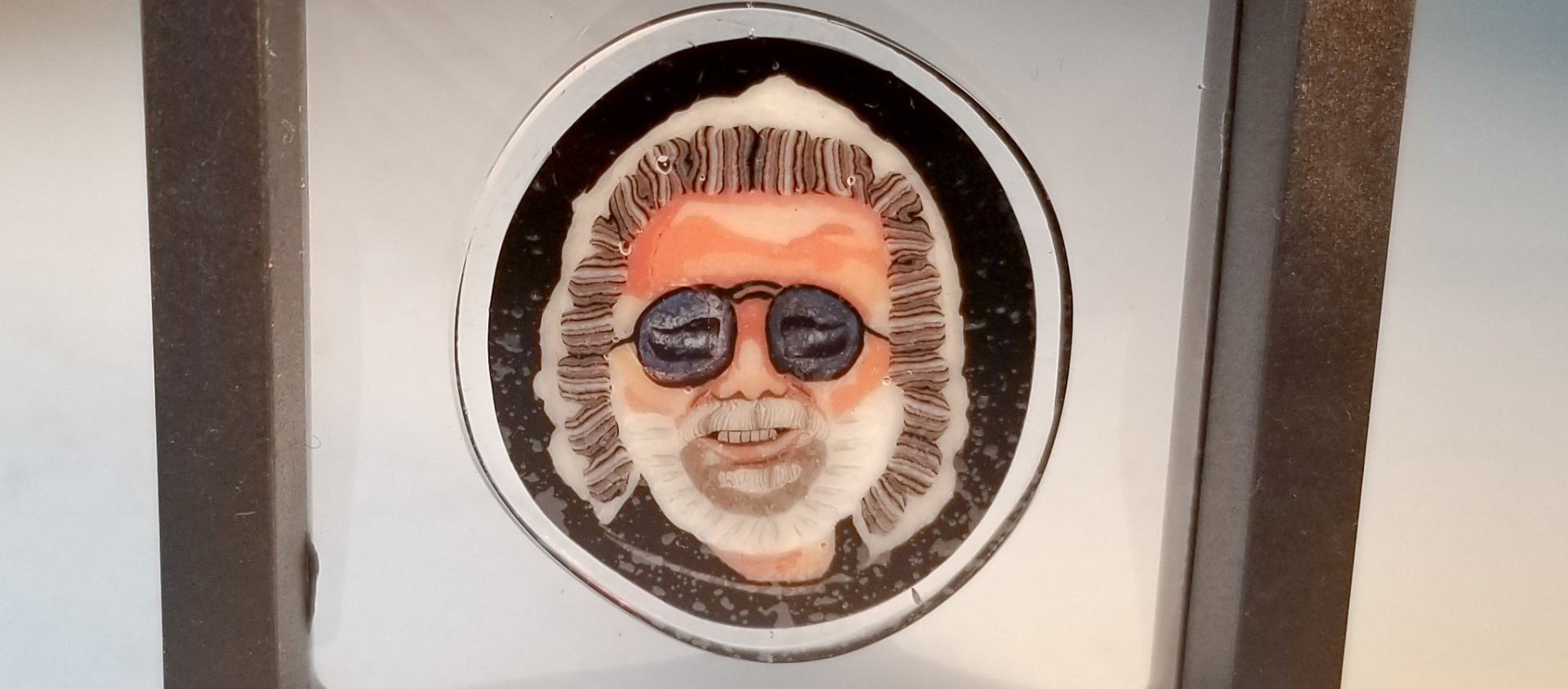
By David Kaminski
•
December 5, 2021
Intro Somehow I'm more sore today than I was yesterday. This speaks to the fact that I've been out of shape and out of work for a while. However, my internal fortitude is increasing as well as my physical strength. Even though I was tired - exhausted, even - I got on the torch today and made some work happen. I had to play quality control on the color I mixed yesterday - which is basically just making sure all of the color mixed perfectly. It rarely does, so I take time with each rod to remove any unmixed sections, and then combine all like colors to re-mix. For the reasons above, this was painful today. However, the first one was the most painful. Either way, it went smoothly. I also had to ship all the rose I had sold - something I was grateful and happy to do. The weather was amazing, and I'm grateful for that too. I'll see you tomorrow, thanks for caring <3 With love, David
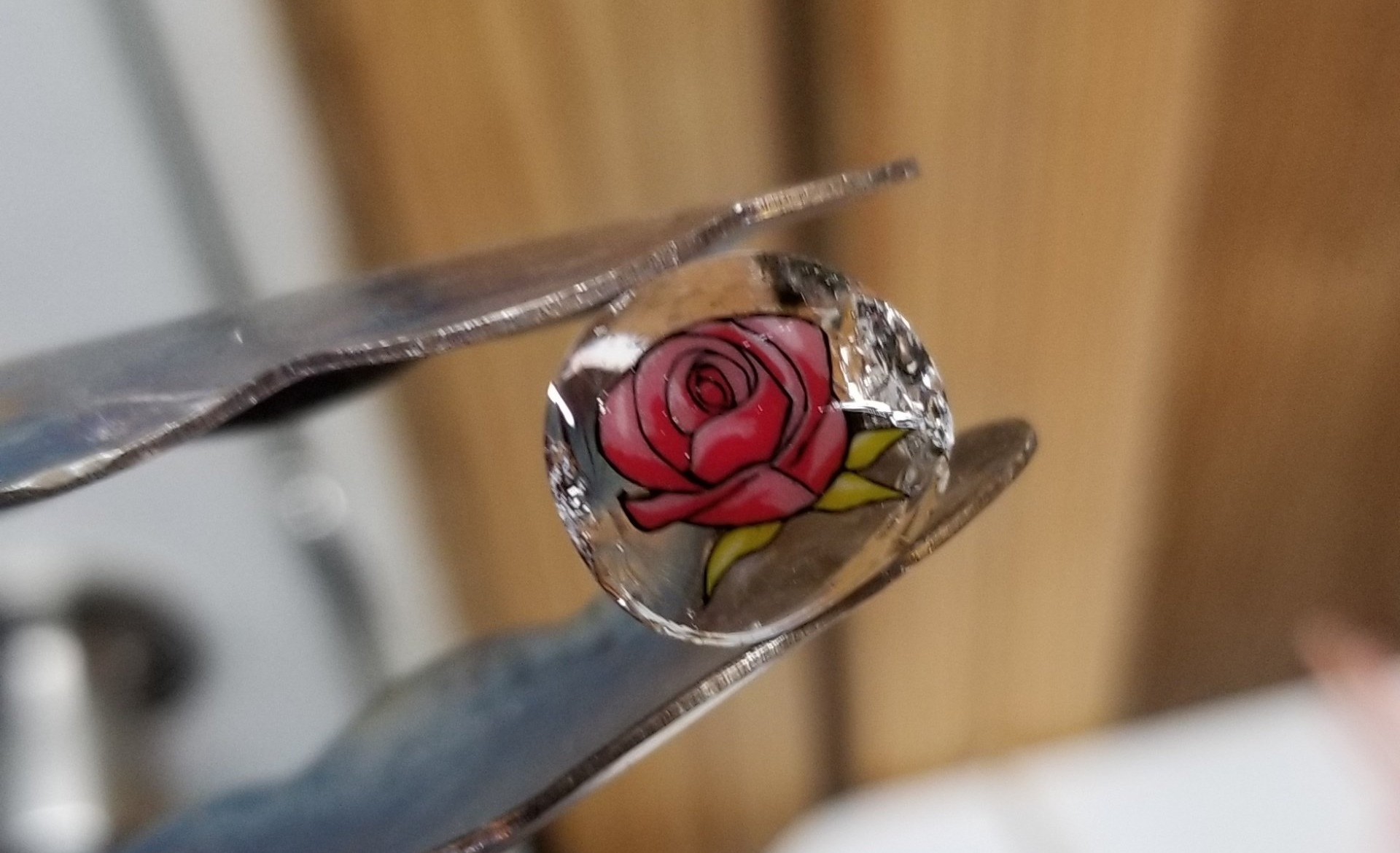
By David Kaminski
•
December 3, 2021
Intro Pretty wiped out from yesterday's work, but I'm pushing on. To recover from the failed components, I need to mix more color (to replace what was used on the previous components). Not only that, but I have to do some photoshop work. I'm making a change in how I'm approaching this build. It's going to fix a couple problems, though it will take a bit more color and a bit more work to pull off. Previously, I pulled down the eye components a bit - and tried to assemble them into eyes, nose & glasses in a smaller size. Could I have pulled it off? Maybe. I didn't, though. Component assembly was off by a very slight angle, which basically ruined the build. When I cooled it down to break it apart where the components were assembled, I saw that a lot of the stress from the build remained in the components. Not only that, but I recognized that there might be a better way to approach it. When I'm starting a build, I will analyze an image and mentally build the milli in my head, section by section and step by step. Sometimes, this process is all it takes for me to get from start to finish - in terms of a winning game plan for completion. However, these portraits are easily the most complex and difficult images I've ever tried to finish. So, this is one of those times when the planning wasn't a perfect approach to the build. In building the images, I'm staring at the same picture for hours at a time. Doing this is a natural part of the process, as I'm literally copying the image as best I can from printed image into glass. However, it can almost behave like an optical illusion when you look at a picture for too long. This time, though, I had a breakthrough while meditating on my build process. I decided to go bigger, and not to risk pulling the eyes. Building the rose image actually encouraged this approach, as the rose was a good sized build but not completely unwieldy. So, I'm building the eyes just as I did before. But, instead of pulling them down, I'll be finishing them into the glasses frame and building the nose off of them at their build size. Aside from making assembly a little more straight forward, it should also help with outline consistency. When I build an image and resize too many components or work at too many different sizes or intervals - I can have an issue with line weight. You'll notice it, if you look, in many other artists' images too. Component outlines are usually much thinner than the outlines used in the final build. In seeing this caveat, I realized years ago that I just have to do the outlines on the things I'm resizing thicker - but just thick enough to match where they'll be when they're resized. It's tricky and nuanced and we won't get into it any further here, but suffice to say I'm very grateful for this positive side effect. I'll catch up with you again on Sunday :) With love, David
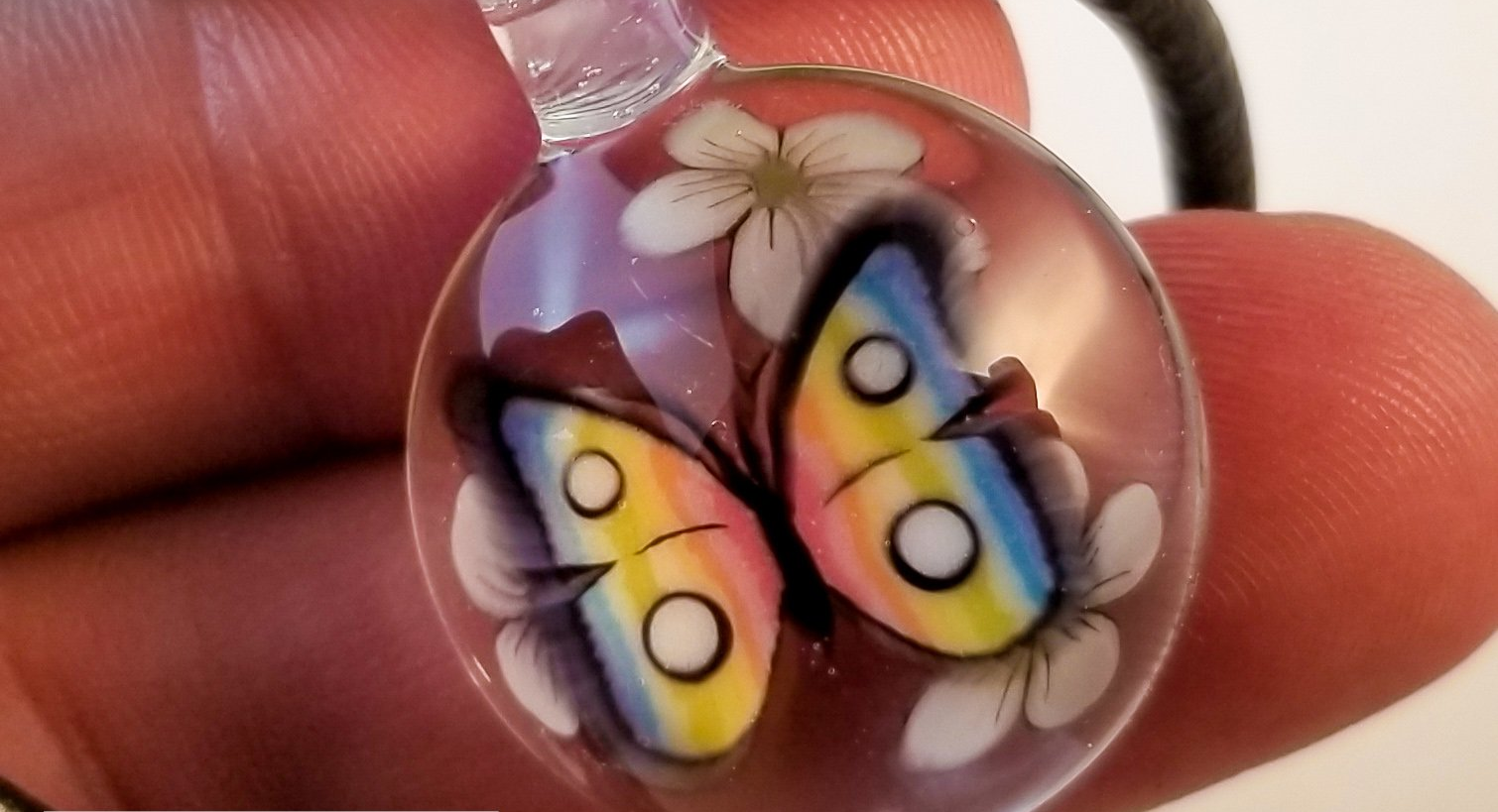
By David Kaminski
•
December 2, 2021
Intro Back to work on Chong today. I'm mixing a bit of color to replace what was used in my failed assembly. Then, rebuilding components. I think I might go a bit bigger for the sake of accuracy. One of the issues is line-weight. I have to be careful to use the right thickness of outlines throughout the process so that everything matches up (or nearly so) when the final build comes around. So, small details in beginning components become a bit tricky - because I have to use large diameter rod in order to achieve them and maintain a conforming line weight. Oh well, no obstacle that can't be overcome I suppose. Back to work for me :) With love, David
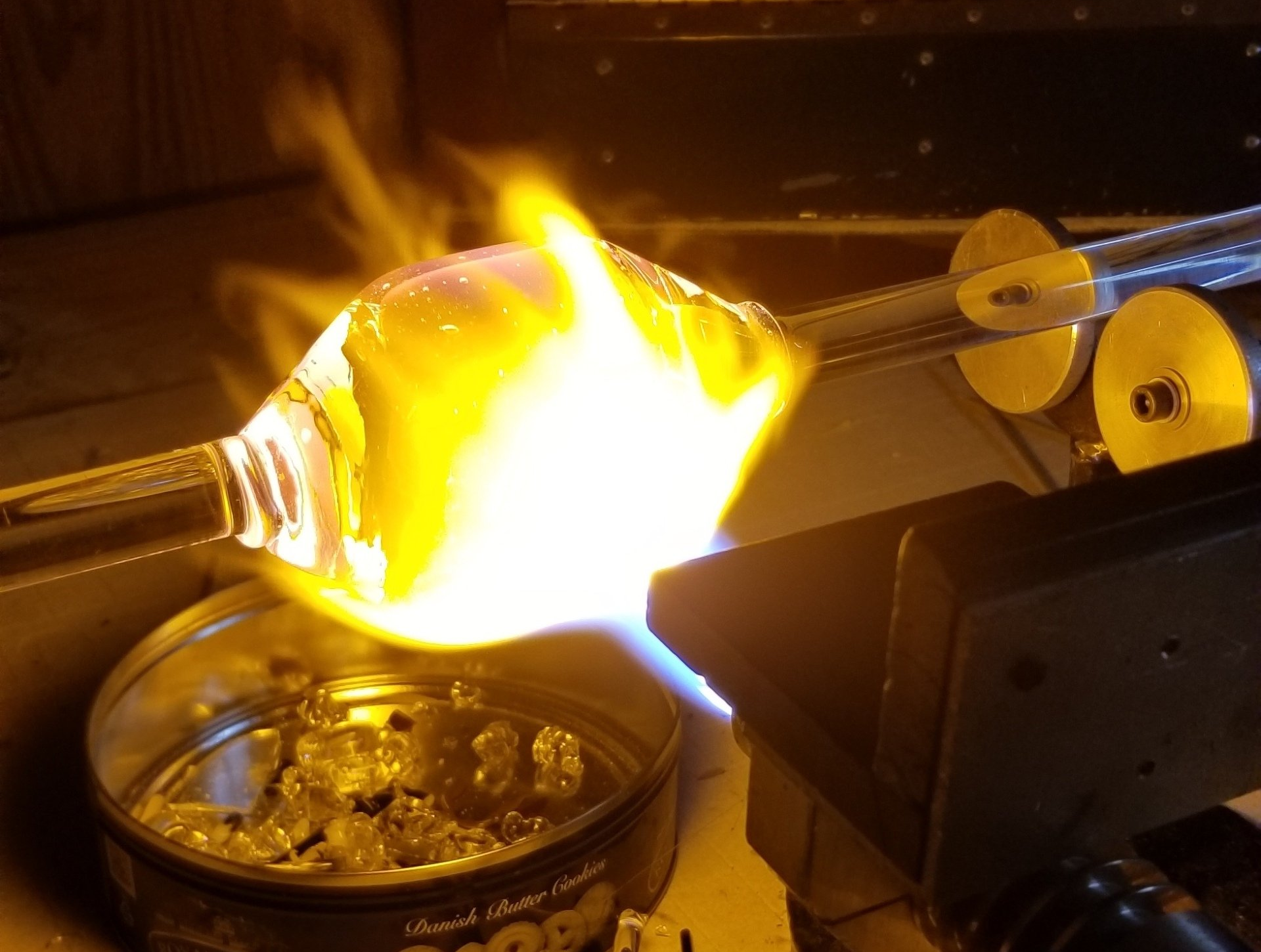
By David Kaminski
•
December 1, 2021
Intro Today was great, though some of the news was a disappointment. Yes, the Chong project is still in progress. The work I put in - in assembling components - failed. I cooled them down to see if I could recover them with coldwork and re-application. By my estimation, they're cooked.
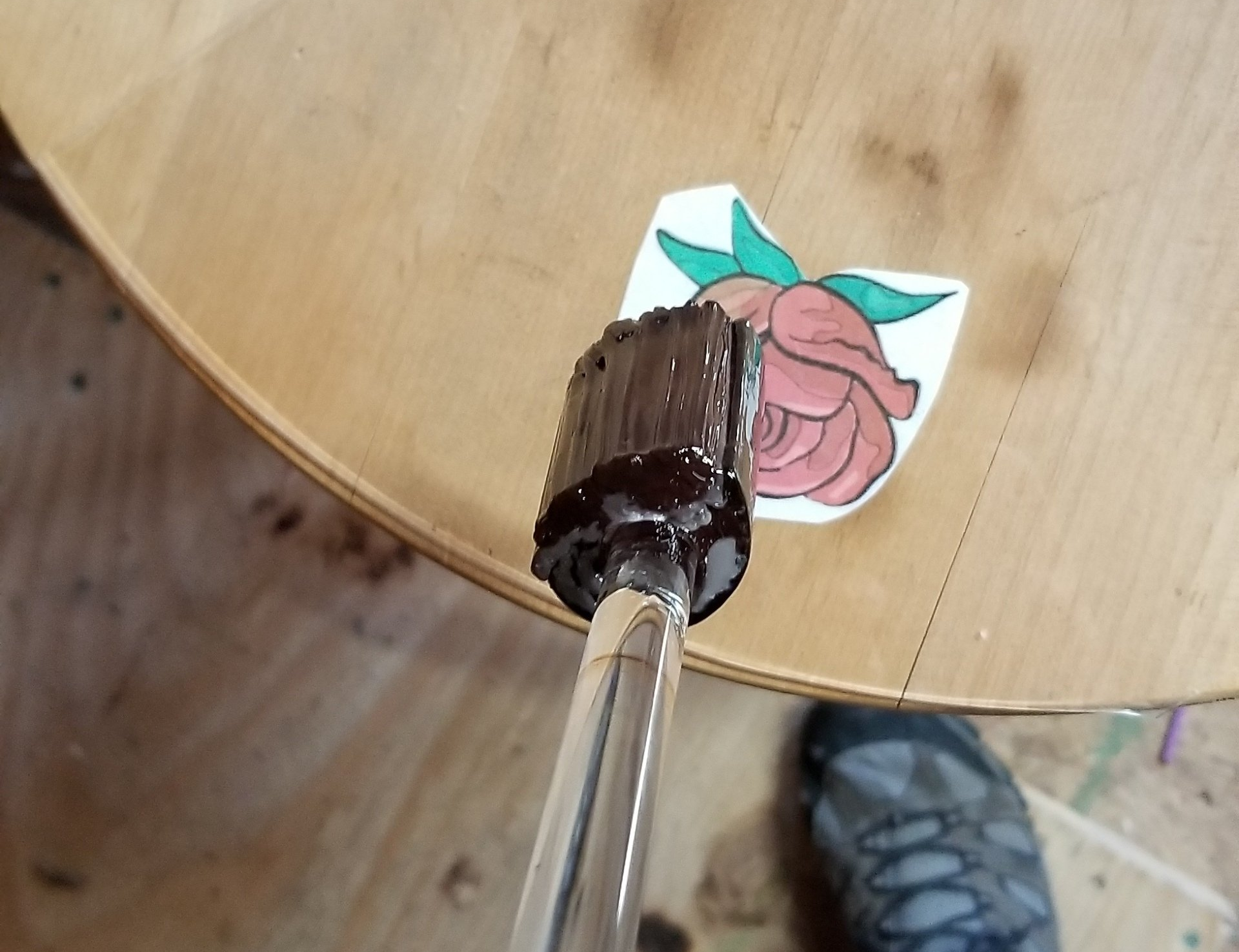
By David Kaminski
•
November 30, 2021
Intro Addiction is often manifest as doing something because you feel drawn to it, even when you want to do something else. It's a compulsive impulse - it feels as though you are possessed by some other power than your own self control. It's a cascade - like slipping down a hill of ice. It takes just a touch of force to propel someone in the direction of their addiction.
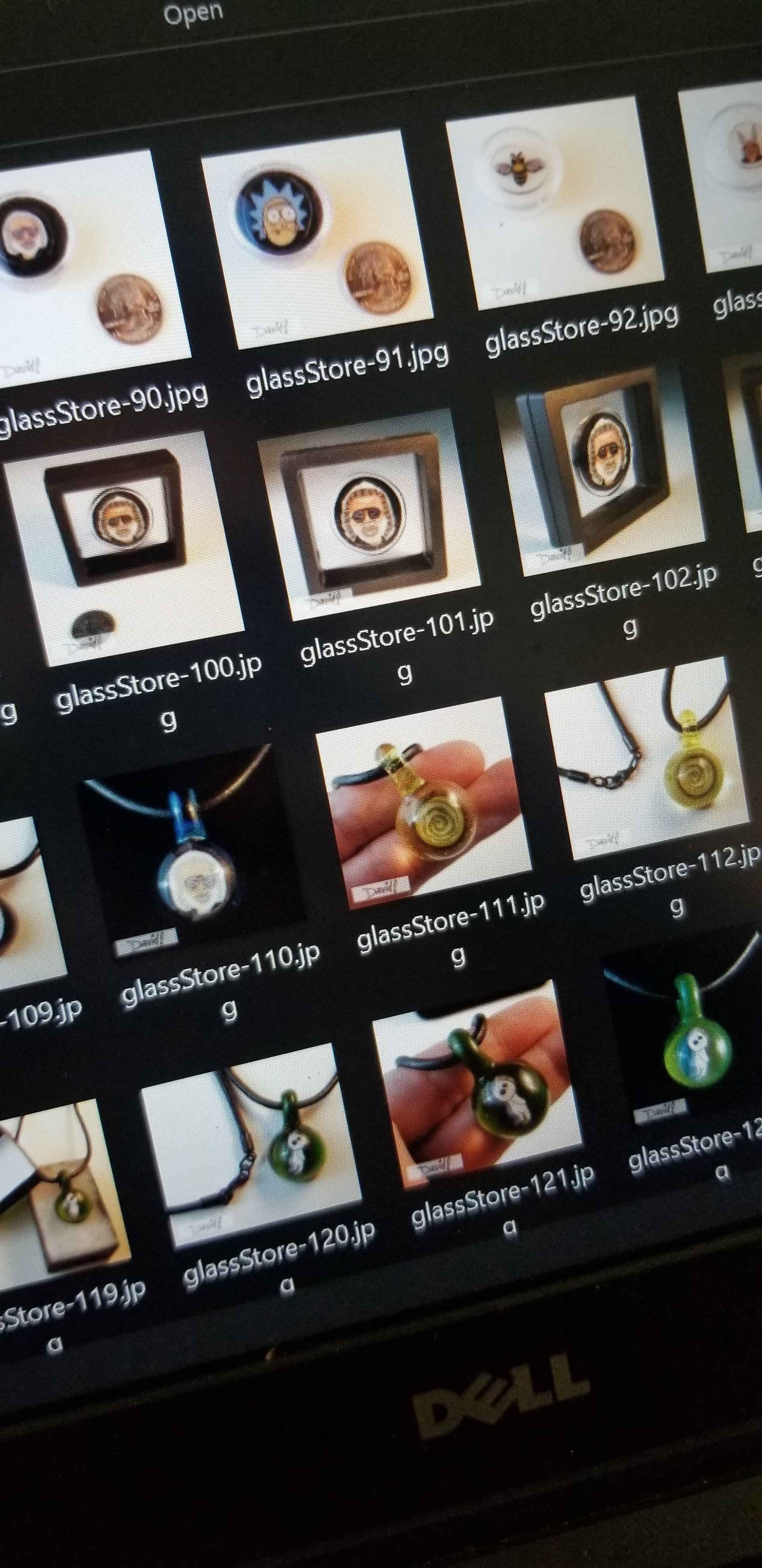
By David Kaminski
•
November 29, 2021
Intro Monday morning - feeling the desire to do right. That in itself is a small victory. Feeling selfish is an easy stepping stone to selfish behavior. So, I'm very grateful to feel a sense of responsibility and conviction. On the schedule today, I've got to spend time selling glass. First priority is working on my custom pull again, though. So, I'll try to eat well and keep my interests focused on completing work. I'll keep my eyes and ears full of things that are pure and which strengthen me, rather than those which tempt me with childishness, selfishness and foolishness. This is the way to improve my life. With love David
© David Alan Kaminski 2021 - All Rights Reserved
Do Not Duplicate Any Content Herein Without Express Permission
Get exclusive offers and personal, behind the scenes content!
Thank you - you've been added to the VIP list!
Keep your eyes on your inbox for more goodies.
Oops, there was an error sending your message.
Please try again later
Please try again later
